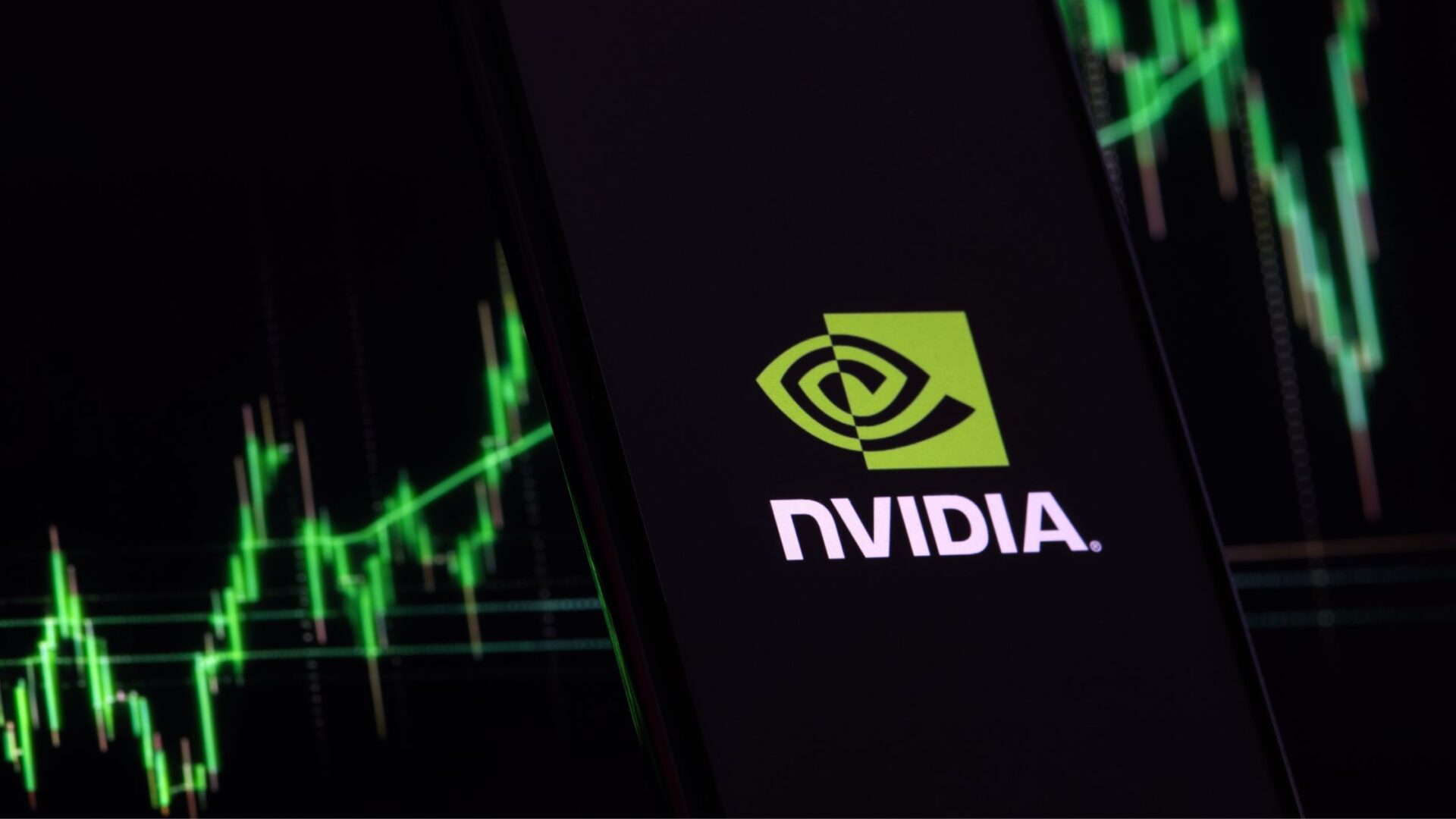Key Takeaways
- Nissan will upgrade ProPilot with AI, lidar, and extra sensors
- The new system aims to handle tricky city driving conditions
- Nvidia and Wayve provide AI computing and driving models
- Full autonomous capability targets a 2027 rollout
- This move strengthens Nissan’s position in the EV market
Nissan ProPilot AI Upgrade to Rival Tesla
Nissan plans to boost ProPilot with next-gen AI algorithms and high-resolution lidar. They say this upgrade will outperform Tesla’s Full Self-Driving in busy urban settings. Moreover, extra radar and cameras will give better 360-degree coverage. Nissan collaborates with Nvidia for fast on-board computing. Meanwhile, Wayve provides adaptable AI driving models. Ultimately, the goal is a truly hands-free ride by 2027.
How ProPilot AI Tackles City Challenges
City streets have stop signs, crosswalks, and sudden turns. The upgraded ProPilot will scan each obstacle in real time. It uses AI to predict pedestrian movement and cyclist behavior. Also, ProPilot learns from millions of miles of road data. Therefore, it adapts to local traffic rules and driving habits. This constant learning helps the system react quickly and smoothly. As a result, drivers gain more confidence in complex settings.
Comparison with Tesla Full Self-Driving
Tesla’s system relies mostly on cameras and radar. In contrast, ProPilot adds lidar for depth perception. Consequently, ProPilot can detect small objects at longer ranges. Also, AI models from Wayve learn from fewer labeled examples. They adapt faster to new city layouts. While Tesla updates via over-the-air patches, Nissan plans continuous map updates. This way, ProPilot stays aware of road changes and construction work. Ultimately, both systems aim for full autonomy, but they use different methods.
Why Nissan Chose Lidar and AI
Lidar beams create a detailed 3D view of the road. This tech fills gaps where cameras might fail at night or in rain. In addition, advanced AI handles sensor fusion smoothly. AI merges data from lidar, radar, and cameras. The result is a clearer understanding of the scene. This clarity reduces false alarms and sudden braking. Moreover, AI algorithms evolve through on-road feedback. As a result, ProPilot learns to drive more naturally over time.
The Role of Nvidia and Wayve
Nvidia supplies powerful processors called GPUs to run AI models. These chips crunch sensor data at lightning speed. That quick response is vital when a child steps onto the road. Meanwhile, Wayve’s neural networks focus on end-to-end learning. Their approach mimics how humans learn to drive through trial and error. Together, Nvidia and Wayve shorten development cycles and testing hours. They also help Nissan simulate millions of miles before real-world trials. This work aims for safer, more reliable autonomous driving.
Safety and Regulation
Regulators in each country set different self-driving rules. Nissan will work with authorities to certify ProPilot’s safety. They plan extensive testing in controlled environments first. Then, they will expand to live city trials with safety drivers. Data from these tests will guide improvements and risk assessments. In addition, over-the-air updates will fix software issues fast. This layered safety approach aims to build public trust. After all, safety remains the top priority for autonomous tech.
Timeline for Full Autonomy
Next year, Nissan will begin closed-track testing of the new ProPilot. Late this year, public road trials will start in select cities worldwide. By mid-2025, Nissan expects to collect more than a million miles of test data. Then, final software refinements will take place in 2026. If all goes well, the first customer vehicles with ProPilot AI arrive in 2027. However, launch timing may shift based on regulations and testing outcomes. Yet Nissan remains confident in its roadmap.
Impact on Nissan’s EV Strategy
Electric vehicle buyers often look for the latest tech features. By upgrading ProPilot, Nissan makes its EVs more attractive. Better driver-assist capability can ease range and charging concerns. Drivers may feel safer taking longer trips in an autonomous car. Consequently, Nissan hopes to boost its EV market share. This move also sends a signal to competitors that Nissan plans to lead, not follow. The upgraded ProPilot could become a key selling point for future models.
Challenges Ahead
Public trust in self-driving cars is still fragile. High-profile accidents can set projects back. Nissan must prove that ProPilot’s new sensors and AI meet the highest safety standards. In addition, the company needs skilled technicians to maintain the advanced hardware. Cybersecurity is also critical, since software updates pose potential hacking risks. Finally, road conditions vary far beyond test cities. Nissan must ensure ProPilot adapts seamlessly to all scenarios.
Looking Forward
The upgraded ProPilot represents a bold strategic pivot for Nissan. By blending lidar, radar, cameras, and cutting-edge AI, Nissan aims to match or beat Tesla’s urban performance. With Nvidia’s compute power and Wayve’s adaptive models, Nissan accelerates its path to full autonomy. If the plan stays on track, drivers could enjoy reliable hands-free city driving by 2027. This ambitious target could reshape customer expectations for electric vehicles.
Frequently Asked Questions
What makes ProPilot’s AI different from other systems?
ProPilot’s AI merges data from lidar, radar, and cameras in real time. It learns continuously from on-road driving and adapts to local conditions. This fusion helps the system detect objects more accurately and react faster.
How does the partnership with Nvidia benefit Nissan?
Nvidia provides powerful GPUs that process large amounts of sensor data quickly. These chips run complex AI models without draining too much battery. As a result, ProPilot can make split-second driving decisions.
Why did Nissan team up with Wayve?
Wayve brings end-to-end AI driving models that learn through experience. Their neural networks adapt to new roads and traffic patterns with fewer human labels. This reduces testing time and improves system flexibility.
When can I buy a Nissan with upgraded ProPilot?
Nissan plans to start public road testing soon and aims for a 2027 release. Exact dates depend on regulatory approvals and safety reviews. Customers should watch for announcements and software update options.

